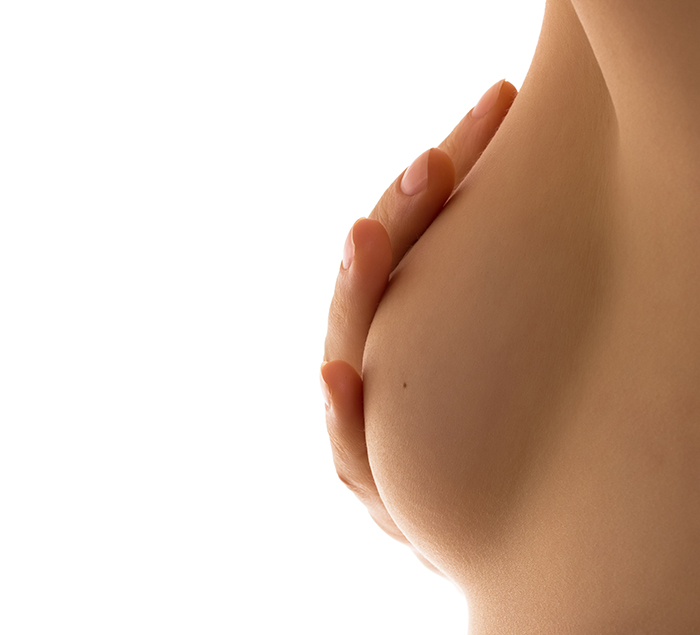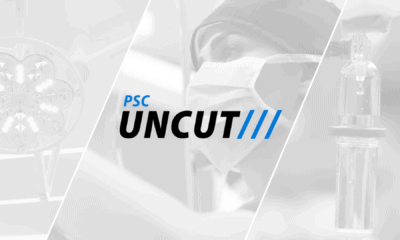Fat transfer continues to be a topic of intense interest in plastic surgery, and also one of intense debate. The seemingly magical ability to remove fat from one part of the body and place it elsewhere is extremely enticing to patients, but is there anything to be concerned about? Particularly when the fat is used to bolster a breast augmentation?
Dr. Christine Hamori and Dr. Tino Mendieta discuss the debate and allay some of the concerns – both political and clinical.
Fat Injection and Controversy
Already fat transfer has taken hold of plastic surgery, adding to a burgeoning request for body contouring and buttock augmentation among patients. Yes, removing fat from the waist and thighs to be added to the buttock for both volume and a new contour is not science fiction, it is demonstrable fact.
When it comes to adding fat to the breast concern begins to grow, questioning both the practice and potentially severe drawbacks. “It’s been controversial really throughout plastic surgery doing fat transfers to the breast,” explains Dr. Mendieta. “It was concerning because people thought it would cause microcalcifications and may lead to unnecessary biopsies. But now all of those myths have kind of been displaced and now it’s become very well accepted.”
The Magic of Fat: Stem Cells
Surgeons across all specialties have realized an innate power inside fat, stem cells. Adipose-derived stem cells show immense promise for regenerative effects, and some surgeons have used this as a marketing ploy. While studies and results show indeed that regenerative properties are very real, the science behind ASCs still needs to be fleshed out before true, pointed use can occur. The lines get further blurred by FDA intervention, who see ASCs as a potential drug.
“The issue that’s happened is that people were trying to do fat enhanced stem cells, so you’ve super-charged the fat,” explains Mendieta. “The FDA is saying when you do that, you’re turning that into a drug. And because you’ve turned it into a drug, you’re regulated by us and we’re not gonna let you do that.”
Think Volume and Irregularity Fixes, with a Bonus
While stem cells in fat are exciting to all, the current purpose of the procedure is the addition of volume to smooth contour and simply to replace volume, with your own tissue! Not manufactured product that will fade in time but your own tissue that will live on as the rest of your tissues do. This is what excites both patients and surgeons, all before stem cells are even mentioned (if at all).
“The great thing is, when we’re taking fat and transferring it, we’re not manipulating the fat,” says Mendieta. “It’s just taking it out of your own body and reinjecting it into the breast, and we’re not regulated by that.”
Beyond FDA concerns, surgeons and medical scientists themselves for a time hypothesized that with the breast in particular, adding fat may potentially cause medical issues and even cancer. Dr. Hamori addresses those major concerns. “The one worry that you hear in the news is that if we’re using stem cells [in the breast], we are we stimulating an organ that’s potentially carcinogenic, and that worried people for a long time. They’ve proven that’s not going to happen.”
Furthermore, the concerns center around using fat for breast augmentation specifically. Interestingly enough, breast reconstruction surgery has already been utilizing fat, providing what appears to be a superior result by being able to spot-treat areas that were affected by the cancer. Not all breast surgery involving cancer removal is the same, so the reconstruction will be unique. Having fat as a tool to literally fill in gaps and irregularities has gone a long way to getting patients back their confidence after such an ordeal.
“What’s interesting is that we use fat regeneration in breast cancer patients,” says Mendieta. “[These patients] have already been proven to have breast cancer, and yet we’re using fat to regenerate and rejuvenate that breast, so that argument makes no sense. I understand it and that we still need to study it, but we’re using it to reconstruct patients who’ve had breast cancer. I think it’s totally fine to use for breast augmentation.”
While the science behind stem cells is growing more robust by the day, clear conclusions have yet to be drawn. As it stands now, fat transfer is an amazing procedure to restore lost volume, and that’s what surgeons and patients are focusing on for great results.









Facebook
Twitter
Instagram
YouTube
RSS